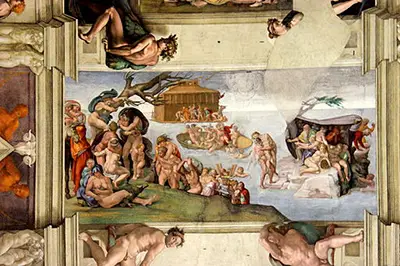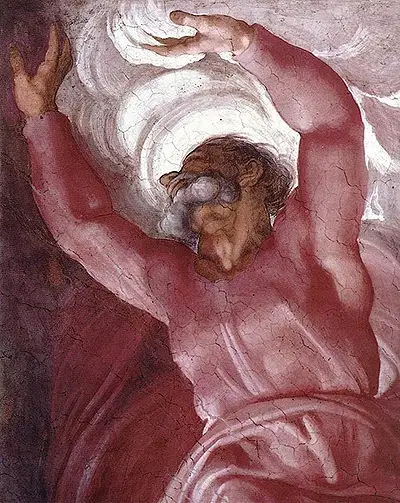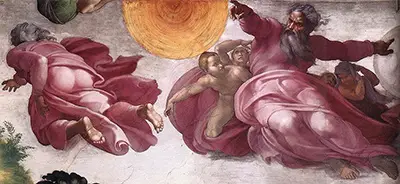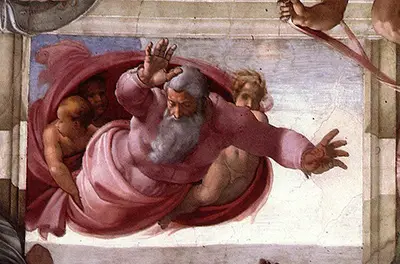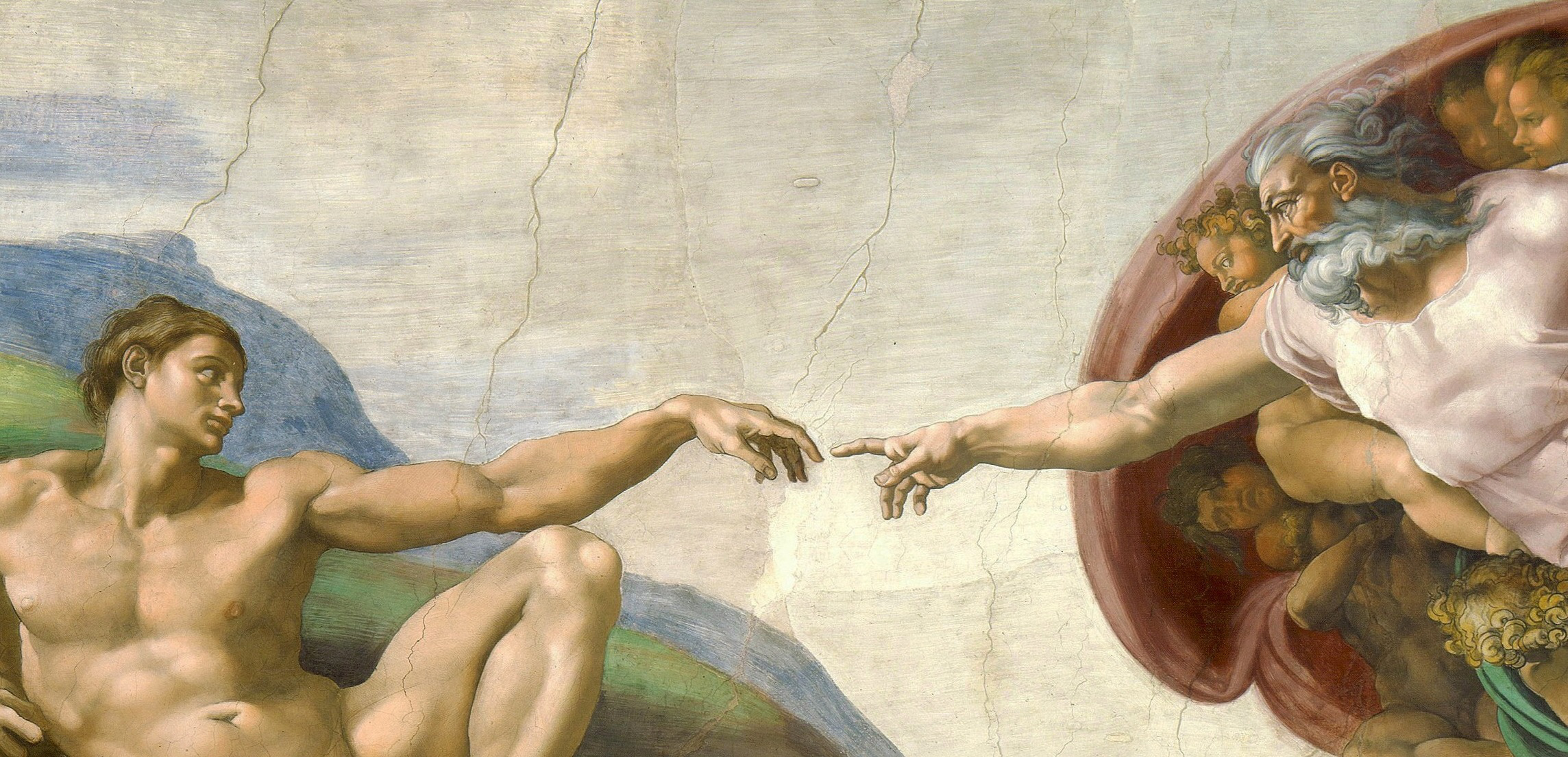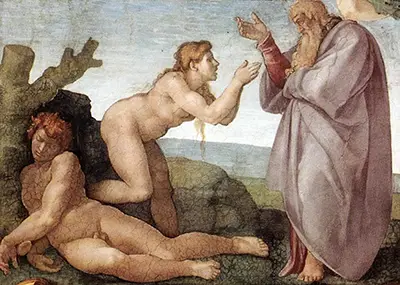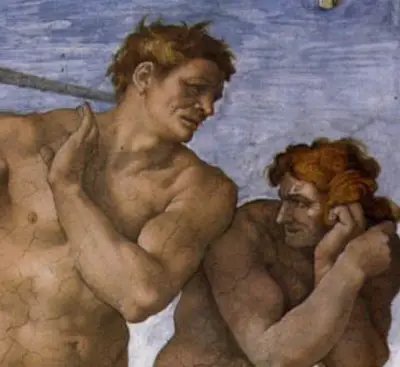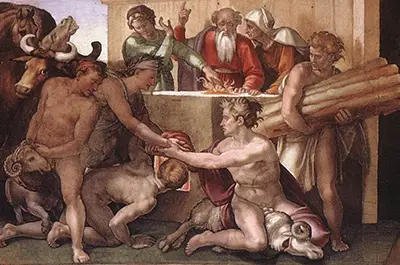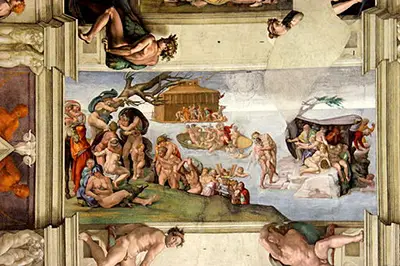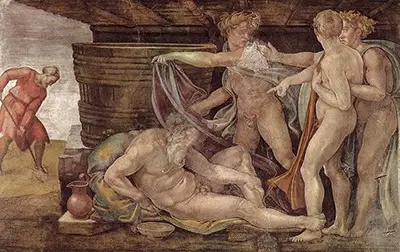Within this series you will discover some of the most famous religious themes which have been beautifully brought to life by this innovative and technically impressive Italian master. The Creation of Adam, for example, is one of the most iconic images in the entire history of art, and that fresco is just one chapter in this Renaissance masterclass. Michelangelo was impressively gifted in capturing the human anatomy in a lifelike manner, across multiple mediums and these fresco panels help to illustrate this as much as any other artworks from his career. The nine scenes stretch right across the room, reaching both opposing doors for the altar and that to be found across the room for access to the rest of the building. All nine scenes are listed below in the order that they are arranged, when standing by the altar door and looking across.
The nine topics fit into three equally sized themes, of Creation, Downfall, and the Fate of Humanity. These all provide poignant and dramatic content for his work and also inspired a large number of other great names from the Renaissance, plus periods of the Baroque which followed on afterwards. The three sections of content also relate to specific chapters of the Book of Genesis, covering the first chapter, chapter one to three, and then finishing with the Fate of Humanity which concerned chapters six to nine. Those familiar with Christian scripture will be enchanted to see these paintings up close, bringing to life the sort of texts that they had been learning and appreciating for many years. Religious art was the dominant genre during this period, due to the significance of religion within society at the time, as well as how the balance of wealth at the time was biased towards these institutions.
The overall series warns of moving away from the word of God, and the dangers that come with doing so. Michelangelo brought in the aid of a team of assistants in order to complete this huge body of work, as otherwise he would never have had the time to also produce work elsewhere. He was exceptionally ambitious and always in search of new projects to both challenge him artistically, but also to spread and raise his profile into new parts of society. This level of ambition is also underlined by the number of disciplines in which he worked, impressing in drawing, painting and sculpture. It was necessary for the master to develop systems of working where others could carry out some of the more menial tasks but without risking any potential harm to the overall project, so that the figurehead's reputation would always be strengthened, even with the inclusion of help from his extended studio. Others parts of his work in the Chapel included his Twelve Prophets and Sibyls, Ancestors of Christ, Pendentives and Spandrels.
